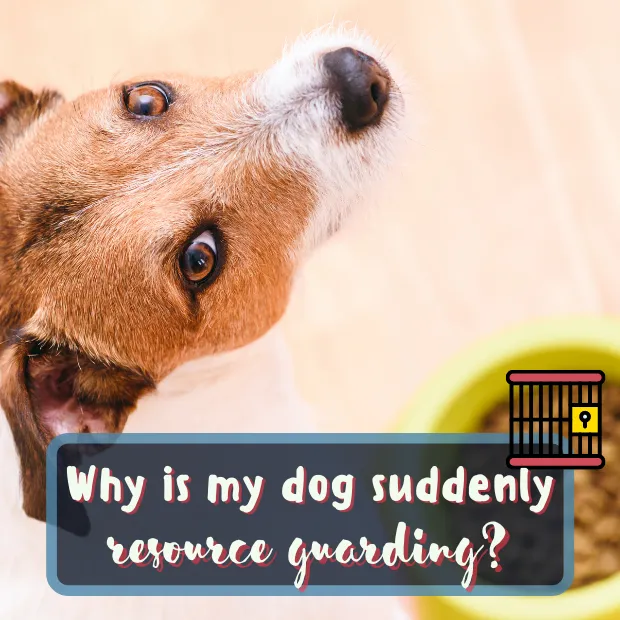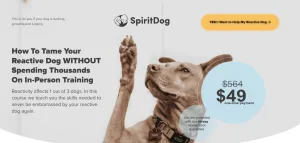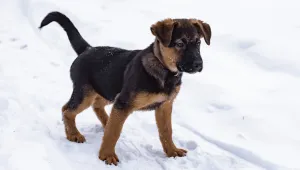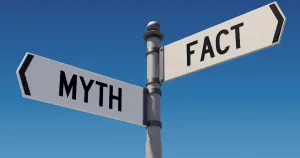When we think of aggressive dogs, we often think of those that are always snarling and lunging at other animals or people.
But what about the dog who was once perfectly content taking treats from anyone, but now suddenly growls when someone reaches for their food bowl?
This is known as resource guarding, and it can be a difficult behavior to manage.
If you’re looking for professional help with resource guarding but an in-person trainer isn’t an option right now, why not try this online course on resource guarding from Canine Principles.
The resource guarding online course is also available within the Skill-Hub Subscription, for which there is a FREE 3 day trial available, so sign up today!
Table of Contents
ToggleContents of this article:
- Why is my dog suddenly resource guarding?
- Dogs may guard their resources because they’re afraid of losing them.
- They may see the resource as a valuable possession that needs to be protected.
- It could be a sign of anxiety or insecurity.
- Some dogs may start guarding resources when they reach maturity.
- Your dog may be resource guarding because they are ill or in pain.
- There are ways to train your dog to stop resource guarding.
- How do I break my dog from resource guarding?
- If the behavior is severe, it’s best to consult with a qualified canine professional.
- Why has my dog suddenly started resource guarding? Final thoughts.
Why is my dog suddenly resource guarding?
There could be several reasons your dog is suddenly resource guarding. Maybe something has made your dog feel insecure, such as a change in the family dynamic or a move to a new home. Perhaps your dog is feeling ill or uncomfortable, and is guarding his resources out of self-preservation.
Here’s a look at some of the reasons why your dog may be resource guarding and some tips on how to deal with it.
Dogs may guard their resources because they’re afraid of losing them.
While it’s easy to assume that dogs guard their resources out of a sense of possessiveness, the reality may be more complicated.
In many cases, dogs may be guarding their resources because they’re afraid of losing them. This fear of loss often stems from previous experience of having items removed that they view as valuable. As a result, dogs may view guarding as a way to protect themselves from this happening again.
Of course, this doesn’t excuse aggressive behavior, but it does help to explain why some dogs feel the need to guard their belongings.
With patience and positive reinforcement, however, most dogs can learn to tolerate others being near their resources without feeling threatened.
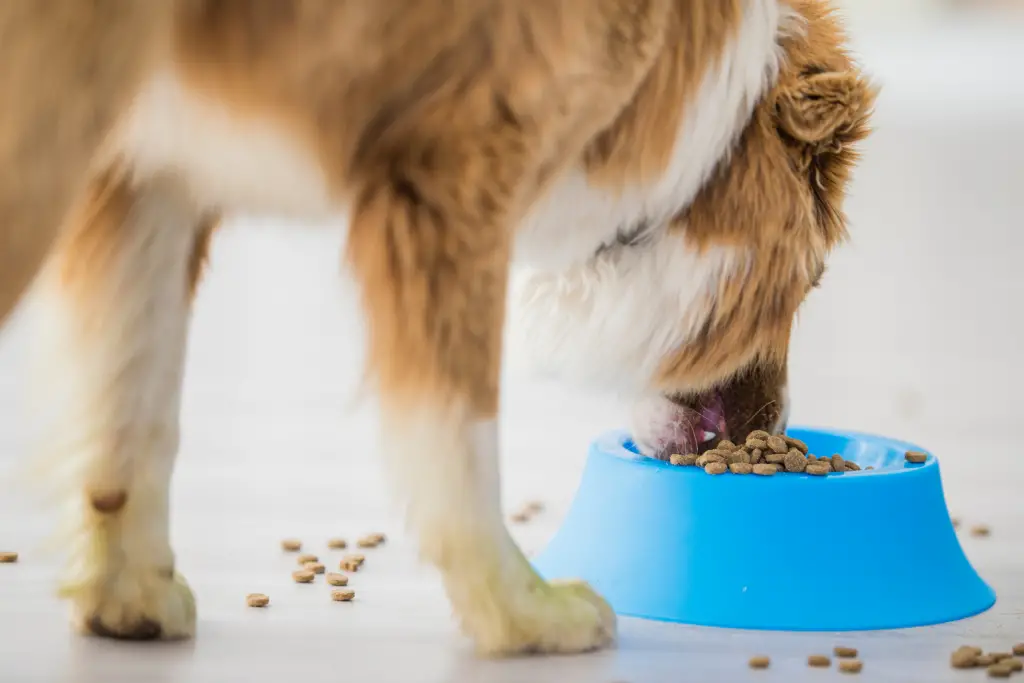
They may see the resource as a valuable possession that needs to be protected.
Resource guarding occurs when a dog perceives something as a valuable possession that needs to be defended. While it may seem like a negative trait, resource guarding is actually a normal behavior that can be seen in both wild and domestic dogs.
Dogs who guard resources are acting out of fear that they will lose access to something they see as valuable, and this can lead to serious aggression if the behavior is not addressed.
It could be a sign of anxiety or insecurity.
Many dog owners are all too familiar with resource guarding behaviors, such as growling or snapping when someone comes near their food bowl or toys. While it may seem like your dog is just being possessive, resource guarding could actually be a sign of anxiety or insecurity.
Dogs who feel anxious may start to guard their resources in order to feel more in control of their environment.
By understanding the root cause of resource guarding, owners can help their dogs to feel more secure and less anxious.
Some dogs may start guarding resources when they reach maturity.
One of the most common questions dog owners have is why their otherwise well-behaved pet has suddenly started acting out, growling or even snapping when someone comes near their food bowl or toys.
The answer may have to do with the fact that some dogs reach a point in their maturity where they start guarding resources more carefully.
This behavior is more common in certain breeds, (cocker spaniels and cocker crosses are very prone to resource guarding), so there’s definitely a genetic component to this behavior. When a dog’s breed specific instincts become stronger as they mature, this can lead to the start of resource guarding.
However, it’s important to note that resource guarding can be controlled with proper training and management. By helping your dog feel comfortable around people and other animals, you can prevent resource guarding from becoming a serious problem.

Your dog may be resource guarding because they are ill or in pain.
Your dog may be resource guarding because they are ill or in pain. Discomfort can manifest in a number of ways, such as growling or snapping when someone comes near their food or toys. If your dog is suddenly exhibiting this behavior, it’s important to take them to the vet to rule out any underlying medical causes.
There are ways to train your dog to stop resource guarding.
While this behavior is natural, it can be dangerous if not properly managed. Fortunately, there are ways to train your dog to stop resource guarding.
Teach your dog that people being near their valued possessions is a predictor of good things.
Never try to take anything away from your dog unless it is a life or death situation.
Use control and management to avoid situations in the first place. For instance, if your dog steals socks from the laundry hamper and guards them, make sure they’re occupied in another room with a stuffed Kong or scatter feeding activity whilst you deal with the laundry.
By removing opportunities to guard objects, the behavior isn’t being further rehearsed.
With patience and positive reinforcement, you can help your dog learn to trust that he will always have access to the things he values most.
In addition, you can learn to recognize the warning signs of resource guarding so that you can diffuse the situation before it escalates. With a little effort, you can help your dog overcome their natural instinct to protect their resources.
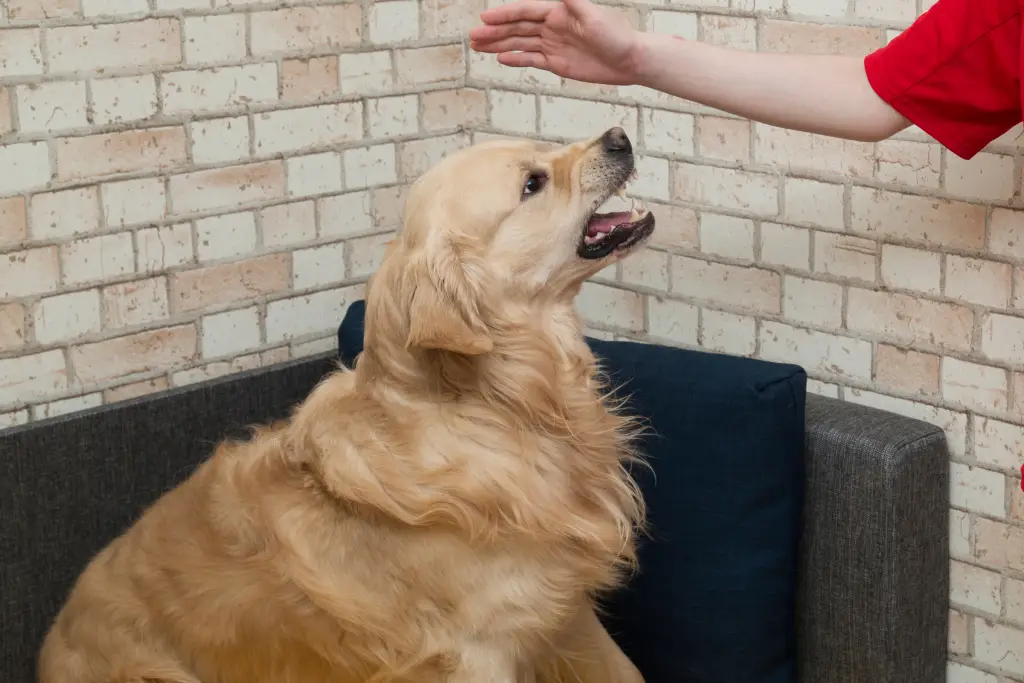
How do I break my dog from resource guarding?
You can break your dog of resource guarding by teaching them that people being near their valued possessions is a predictor of good things. Use control and management to avoid situations where the dog might feel they need to protect something.
With patience and positive reinforcement, your dog can overcome their instinct to guard items.
If the behavior is severe, it’s best to consult with a qualified canine professional.
Although this behavior is often seen as aggressive, it’s important to remember that dogs are simply acting on instinct. After all, in the wild, a dog that gives up its food is more likely to starve than one that defends it.
However, resource guarding can still be a problem in domestic settings, particularly if a dog perceives anyone who tries to take away its food as a threat.
Severe resource guarding in dogs can be dangerous. If resource guarding is becoming a issue in your home, it’s best to consult with a qualified professional behaviorist. They will be able to help you modify your dog’s behavior and prevent potential conflicts.
If you’re looking for professional help with resource guarding but an in-person trainer isn’t an option right now, why not try this online course on resource guarding from Canine Principles.
The resource guarding online course is also available within the Skill-Hub Subscription, for which there is a FREE 3 day trial available, so sign up today!
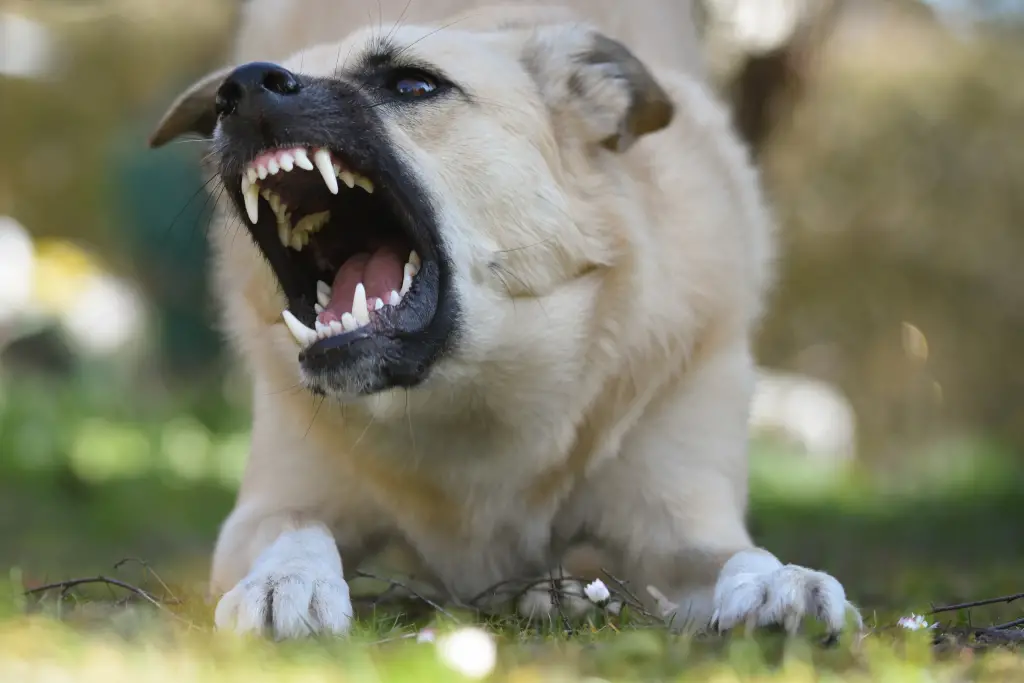
Why has my dog suddenly started resource guarding? Final thoughts.
There could be a number of reasons why your dog has suddenly started resource guarding. It’s important to rule out any medical issues that may be causing the behavior and then work on addressing the underlying cause of the guarding.
There are many ways to help address resource guarding, but it will take patience, consistency, and time for your dog to unlearn this bad habit.
There’s a lot of bad info out there and the stakes are high with resource guarding. Dealing with resource guarding in the wrong way can make the problem worse and lead to catastrophic consequences, so be careful who you take advice from.
In many cases, professional help may be needed to get your dog back on track. If you’re seeing signs of aggression or possessiveness when your dog is around food or toys, take it seriously and don’t hesitate to reach out for help from a qualified professional.
Resource guarding can be a difficult behavior to overcome, but it’s definitely not impossible.
References:
https://pubmed.ncbi.nlm.nih.gov/28268035/
https://pubmed.ncbi.nlm.nih.gov/29942810/
Check out these posts for more info on resource guarding:

